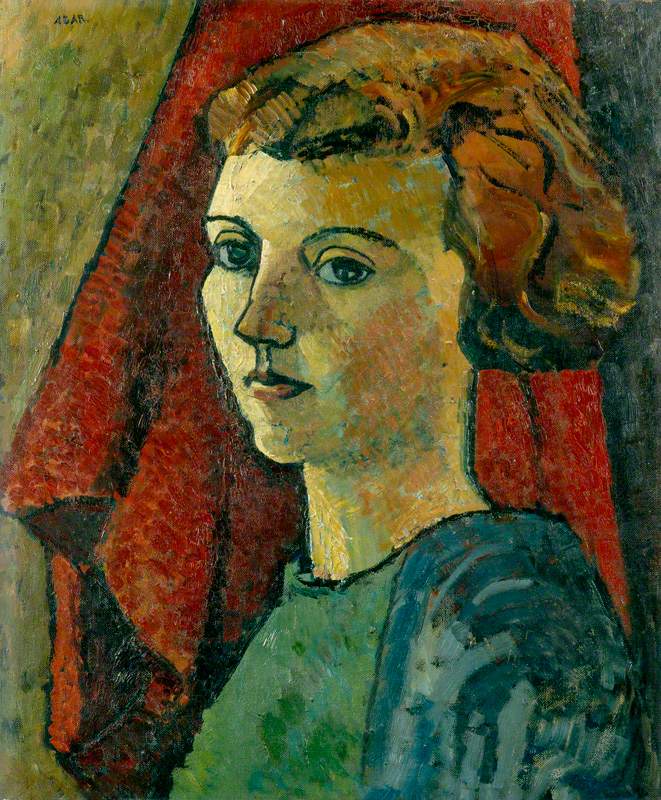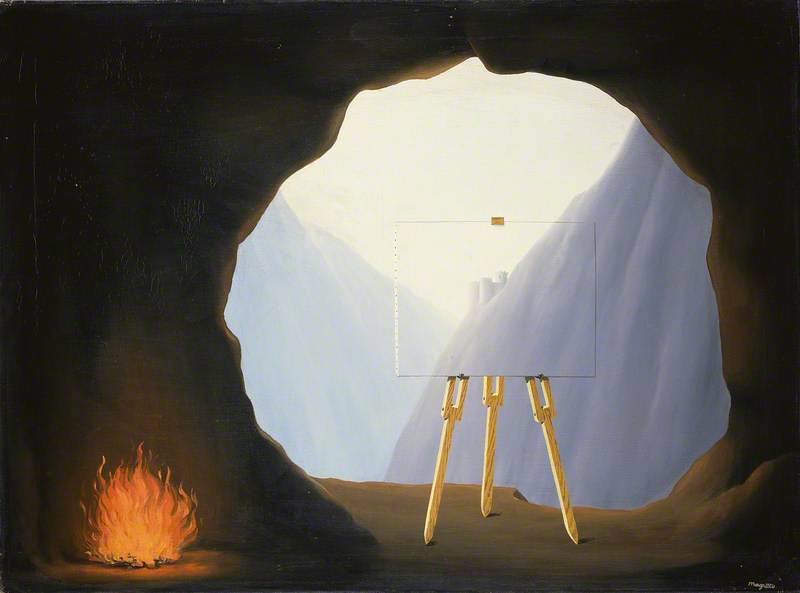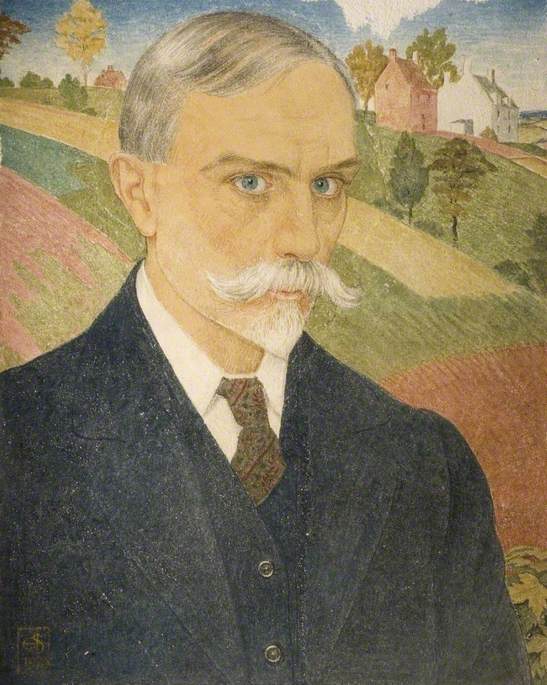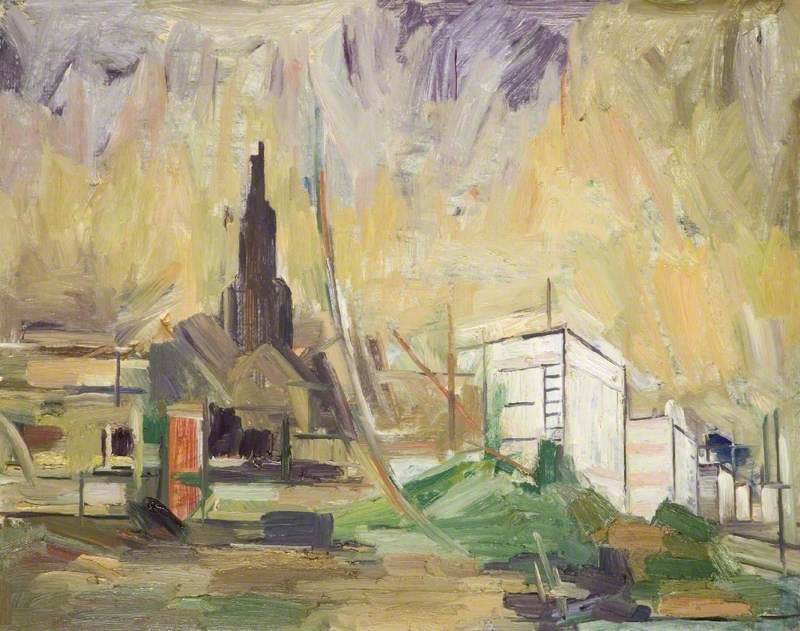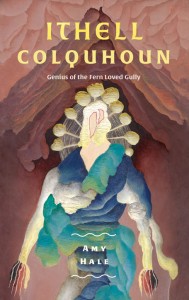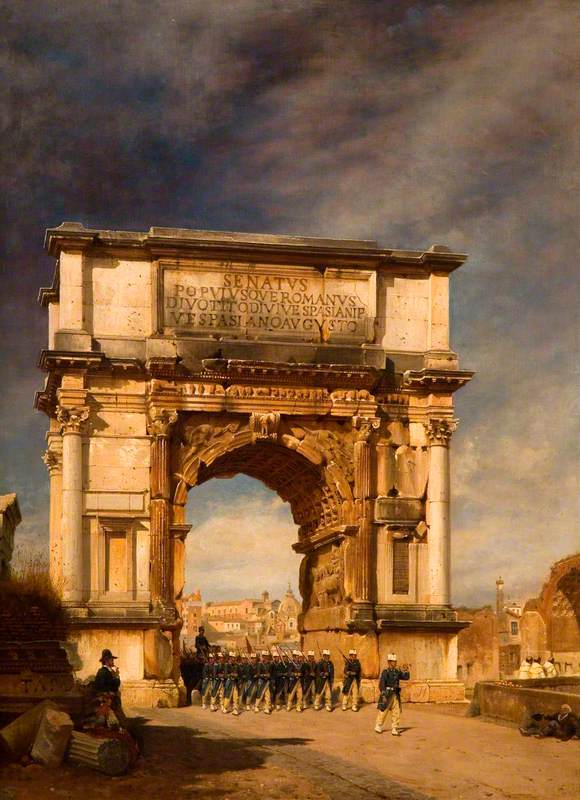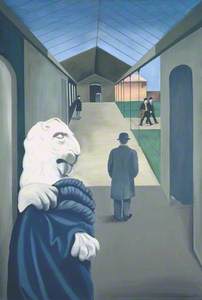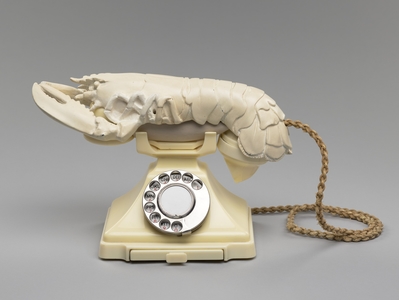It is roughly a century since the birth of Surrealism, a movement that flourished across Europe in the late 1910s and early 1920s.
The strangest art movement of the twentieth century, it's usually associated with Paris, where the Surrealist group was founded by André Breton. Salvador Dalí, Joan Miró and May Ray are the artists it immediately brings to mind: they focused on picturing the unconscious and uncanny.
But the world is also waking up to dreamy British Surrealism. A new show at Dulwich Picture Gallery, 'British Surrealism: 1783–1952', celebrates the UK artists that contributed to this iconic movement. And although British Surrealism was launched in London, its most subversive and scandalous members were, in fact, based in Birmingham.
British Surrealism arrived in London in 1936 with an exhibition organised by Breton. Surrealists from Paris were showcased alongside their British counterparts: Roland Penrose, Eileen Agar, Paul Nash and Julian Trevelyan, amongst others.
No Birmingham Surrealists exhibited in this show, and rumour has it that they refused to take part. From the 1930s to the 1950s, Birmingham was home to five Surrealist artists: Conroy Maddox (1912–2005), John Melville (1902–1986), Emmy Bridgwater (1906–1999), Oscar Mellor (1921–2005) and Desmond Morris (b.1928).
From the very beginning, these Birmingham artists saw themselves as opposed to the London group. They believed that many of these artists were 'anti-surrealists' and involved in the movement just for exposure. 'No doubt it was possible to perceive Surrealist imagery in a lot of paintings, but that hardly made them Surrealist', declared Maddox. Desmond Morris felt the same way: 'we were truer to the ideals of the movement.'
Birmingham Surrealism began in 1935 with Maddox and Melville. The two artists met after an exchange of letters about what they saw as a conventional art scene, which needed shaking up. Initially, Maddox was inspired by books on Surrealism, which he found in the library. It wasn't long before he travelled to Paris to meet the movement's founder, André Breton, with whom he developed a lifelong friendship.
The Birmingham Surrealists built strong links with Parisian Surrealism. Maddox made numerous trips to Paris. Breton elected Emmy Bridgwater to travel to Paris to sign the declaration of the Surrealist Group in England in 1947. In the same year, Breton selected her and Maddox as two of just four British Surrealists, to be exhibited at the International Surrealist show at Galerie Maeght.
In July 1948 a short manifesto from the Surrealist Group in Birmingham was signed by 12 Birmingham artists, including Maddox and Mellor, calling for the formation of an 'active surrealist group.' Led by Maddox, the Birmingham Surrealists met in the Kardomah Café in New Street and the Trocadero pub in Temple Street. Maddox's house in Balsall Heath became a centre for eclectic gatherings attended by Birmingham's bohemian circle of artists, musicians and writers.
Let's meet the Birmingham Surrealists...
Conroy Maddox (1912–2005)
Maddox was the most committed, and eccentric, of all the British Surrealists. During a career of 70 years, he made more than 2,000 paintings, as well as collages and Surrealist sculptures.
He also staged a series of photos in which he was naked and attacked a drunk nun. He wanted to enact these scenarios with nuns in Birmingham shop windows, but was banned by the council. His work demonstrates a devotion to the movement's founding principles. This painting is named after a passage in Paris where the Surrealists met in Paris during the 1920s.
John Melville (1902–1986)
There is a softness to Melville's paintings, which often show transformed figures in dream-like spaces. He introduced visual distortions into pictures such as Natural History Museum of the Child in which a boy cowers amongst flying flowers, insects and seeds. Melville depicts memories and thoughts from the child's subconscious spiralling around him.
Emmy Bridgwater (1906–1999)
Bridgwater studied at Birmingham School of Art, before joining the Birmingham Surrealists.
In Night Work Is About To Commence, a dark raven (a recurring creature in fairy tales) perches on the edge of a bathtub. Besides the bath are domestic items, including a loom and a clothes horse, echoing the title's reference to work. Bridgwater has invoked the Surrealist principle of juxtaposing unusual objects to reveal surreal narratives. The bathtub appears boat-like; sheets of fabric emerge as sails and jagged forms add an air of menace.
Like many of the women Surrealists, Bridgwater subverted domestic spaces, reimagining them in claustrophobic terms.
Oscar Mellor (1921–2005)
Mellor painted Surrealist watercolours from the age of 15. He took up painting more seriously on returning from the war in 1946, studying part-time at the Birmingham School of Art and the Ruskin School.
Like many Surrealists, Mellor was strongly influenced by Freudian psychoanalysis and the notion of desire became a central theme in his work. Many of his paintings are frequented by nude figures, as he explored erotic pleasure and sexual freedom.
Desmond Morris (b.1928)
Morris, one of the last surviving Surrealists, has had an unusual double career as an artist and a zoologist.
While studying zoology at the University of Birmingham he met Maddox, who introduced him to the other Birmingham Surrealists. He is the author of The Naked Ape in which he compared human and animal behaviour. His playful paintings, filled with strange biological shapes, bring together art and science.
Ruth Millington, art critic and writer
The exhibition 'British Surrealism: 1783–1952' at Dulwich Picture Gallery runs from 26th February to 17th May 2020.
Further reading
British Surrealism Exhibition Catalogue, Dulwich Picture Gallery, 2020

